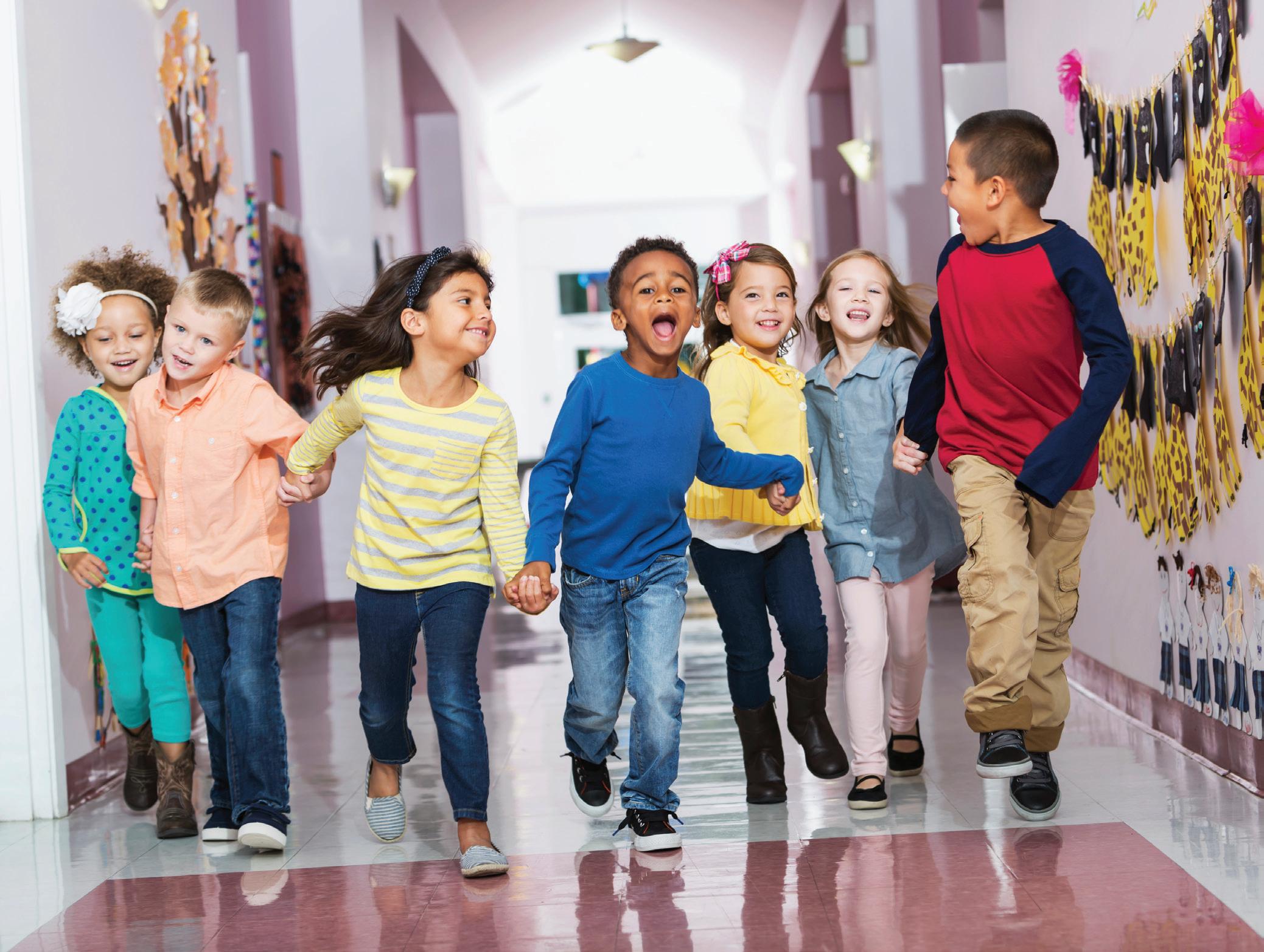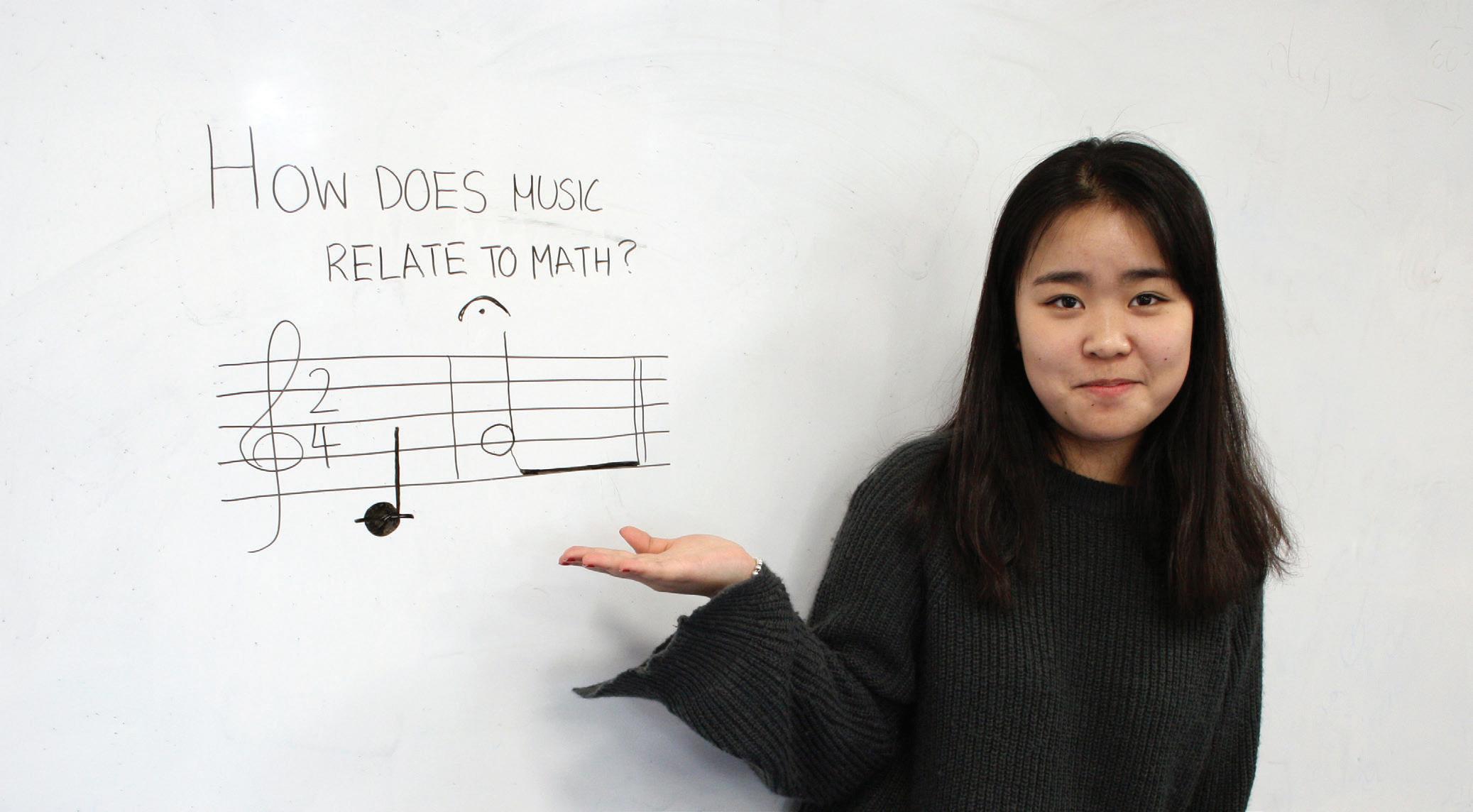
6 minute read
Lost in education, Doruk Gurkan
Lost in education Doruk Gurkan wants to make sure we don’t lose sight of what really matters
Nowadays everywhere I go, every teacher and student I listen to, every article I read, every educational website I visit talk about the same things; learner-centered teaching, Bloom’s taxonomy, STEAM-related projects, inquiry-based learning, gamification, BYOD (Bring Your Own Device), growth mindset, peer coaching, virtual reality, visible learning, blended learning, digital citizenship, robotics coding, genius hour, adaptive learning algorithms, and so on. Are these all educational terms or trends that will pass over time? Are they just fancy analogies to hide the real problems of education in the world? Or are they the makeovers of the educational philosophies that existed thousands of years ago such as Plato’s doctrines in BC 420?
As Mankind has evolved, so has its problems. Right now there is wide agreement across millennials and scientists on the top five problems of the world:
Food Security: Drinking water
Unemployment rate
Lack of Education
Climate Change: Destruction of Nature Poverty: Income Inequality The solution to these problems is always said to be EDUCATION. In the long run education will solve all of our problems. For example: people will not litter, make wrong decisions during elections or waste natural resources. According to the United Nations, sustainable education implies covering issues including ‘Human rights, gender equality, promotion of a culture of peace and non-violence, global citizenship and appreciation of cultural diversity and of culture’s contribution to sustainable development’ (UN, 2019). Certainly, having this approach in schools worldwide would help young people to see the world through other perspectives. If we teach students around the globe that girls and boys are equal, that race or religion should not separate us, that young people are change agents for sustainable development and that we all have the same rights, many of the struggles we face today might not exist. Therefore, we need to get back to education and really teach our students what is best for this world and not only for their country or themselves. That is how we can create real international mindedness in our classes.
But how do we teach this? It is important to recognise educational trends, pedagogical/andragogical approaches and scientific researches in teaching. However, we should not
forget the core purposes of education. Julius Caesar, Martin Luther, Confucius, James Cook and others who influenced the history of the world may not have heard about inquirybased learning or STEAM Projects from their teachers. As a teacher our role is crucial – but educators should not feel lost in their practice while trying to implement all of the newest buzzwords and techniques.
Teaching requires a great deal of time and consideration to ensure that it’s effective for students. Presenting content to students so that it infuses them with a passion for learning, instead of just focusing on transcripts or grades, must be a teaching goal. The learning process not only takes time, but also is most effective when students are able to learn through developing relationships with one another while performing a task that they can reflect upon later. Teachers should be willing to engage in thought-provoking conversation outside of classroom time. The ideas that students are exposed to now will shape their lives, careers, and the way they think about the world. And doing this is not easy!
World education is suffering from limitations imposed on our schools as society is not scholarly, communities do not see education as a solution to eradicate poverty, the media devalues hard work and belittles the pleasure of learning, and technology reformats the structure of students’ brains. As argued by Johnson (2014):
‘Grand Theft Auto Five [released on September 17, 2013] earned $800 million dollars the first day it was sold and achieved worldwide sales of more than $1 billion in its first three days. Students’ writing and math skills are very weak as they are moving away from text and becoming more verbal and visual. The issues in education are large and connected to the state of society as a whole. We cannot ignore these effects when we talk about improving education since schools must deal daily with students’ social and emotional problems (discipline issues)’.
But one should not lose hope, and I am so happy and grateful to have a faculty here at Shanghai Singapore International School who are trying to practise so many good things in their classrooms every day in order to make a change in students’ lives. When I walk around and visit the classes in our Senior School, I observe simple yet crucial and fundamental practices:
I see a teacher making a conscious effort to answer student questions by getting students to answer their own questions. For that teacher, the most rewarding part of this method is to see students learning from one another.
I see another teacher reading, talking about his subject, then letting the students discuss and share their ideas about it in a more formal way. This is the foundation of the teacher’s classes and he tries to make clear to his students that ‘everything is communication’. I see a class where every word the teacher says is clearly enunciated, every sentence is uttered without hesitation, and every idea is carefully, clearly, and patiently explained. During her lesson, there is no chatter of students whispering to one other, and even at the back of the classroom everyone is fully engaged.

I see another teacher having a feedback session after every lesson or activity seeking out some students to give him feedback, and he takes note of it for next time. He says ‘Just because you have taught it does not mean the students have learned it’. Frequent feedback helps him ensure that his teaching and learning activities result in actual learning. I see another teacher who is inspiring her students to initiate an experience where they will be able to apply their knowledge beyond the classroom to real-life situations.
Teaching is a skill, and like any skill it can be learned and practised. Therefore, hiring teachers is more important than any other aspect of educational management.
From several years of teaching, I have observed that schools are not buildings, timetables, and technology. At the most fundamental level, schools are about relationships. The highest achieving schools are those where the students and teachers trust, respect and care about each other. This is also true for the teachers and administration: they trust, respect, and care for each other and work toward the same goals of student success. I have also observed that when teachers get to know their students, build positive relationships and strive to make their classes enjoyable places to learn, their students excel both academically and socially.
In essence, we should always remember that innovative educational methods and trends will only function with real human connections. We can only improve our education when we teach with our heart and mind. Real teaching should not be lost or replaced with anything else. Nowadays in a classroom, we need our relationships, conversations and values more than ever.
Reference
Johnson W L (2014) Strategies for Improving School Performance, Available via https://files.eric.ed.gov/fulltext/ED552919.pdf UN (2019) Sustainable Development Goals, Available via www.un.org/ sustainabledevelopment/education/









